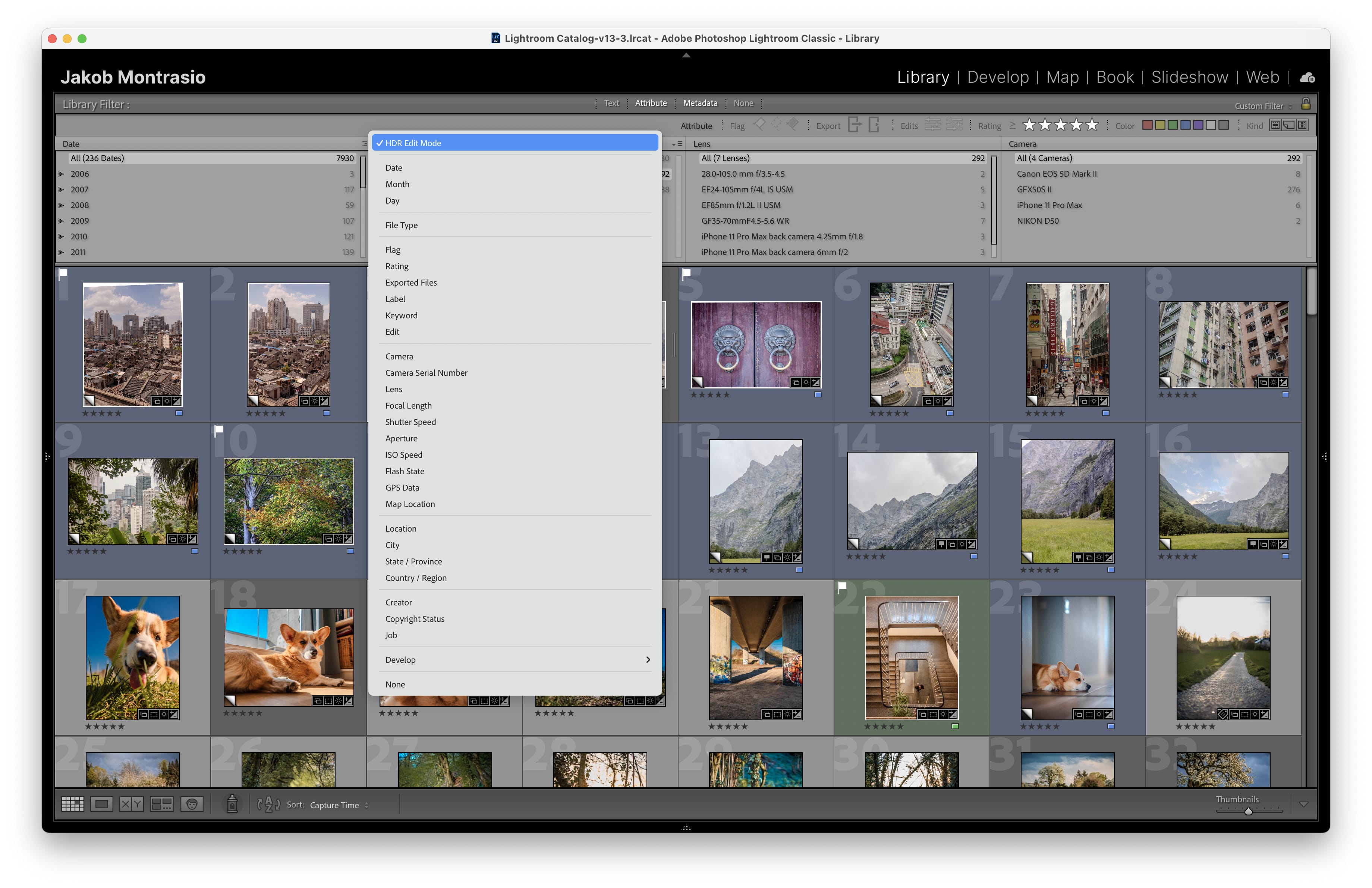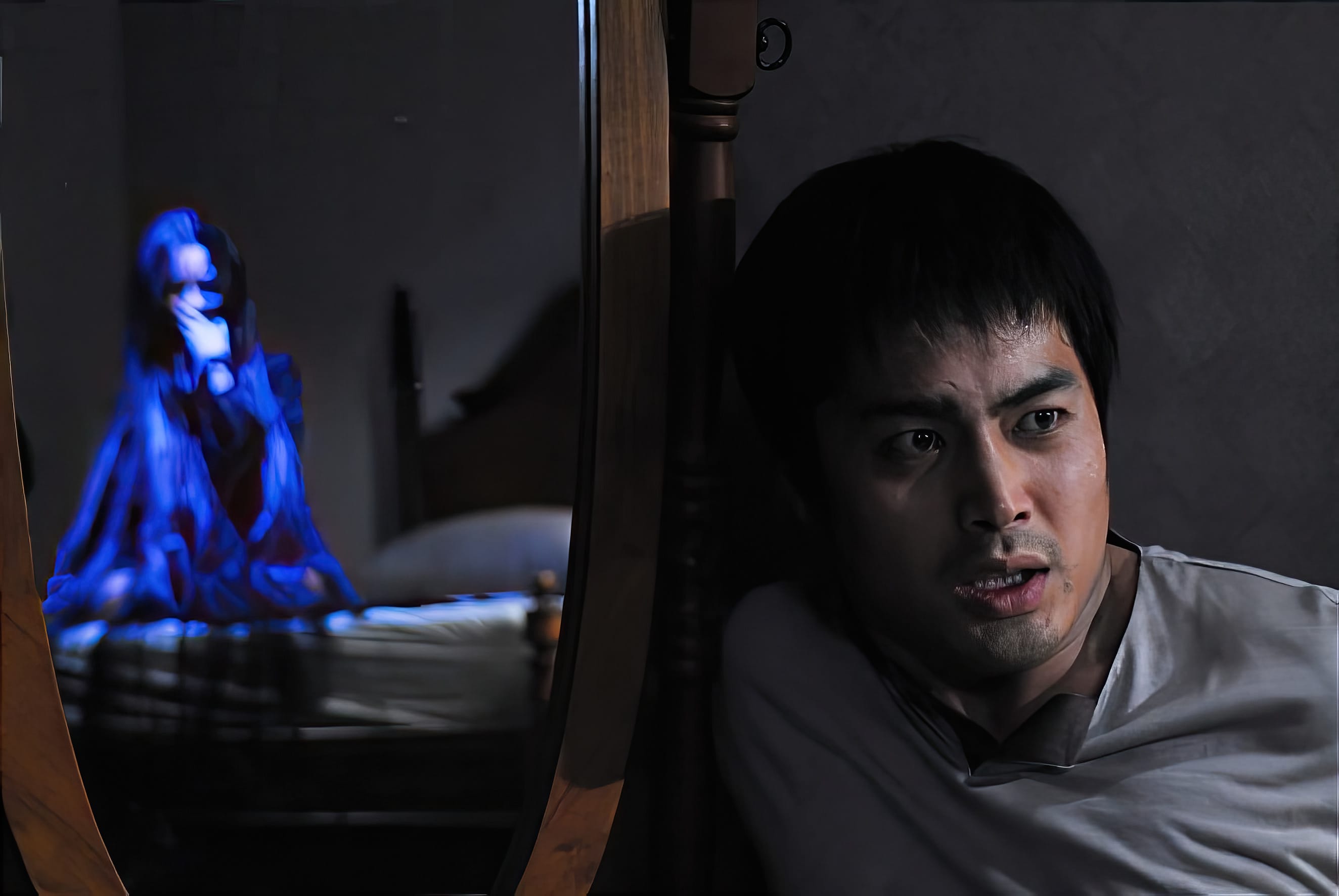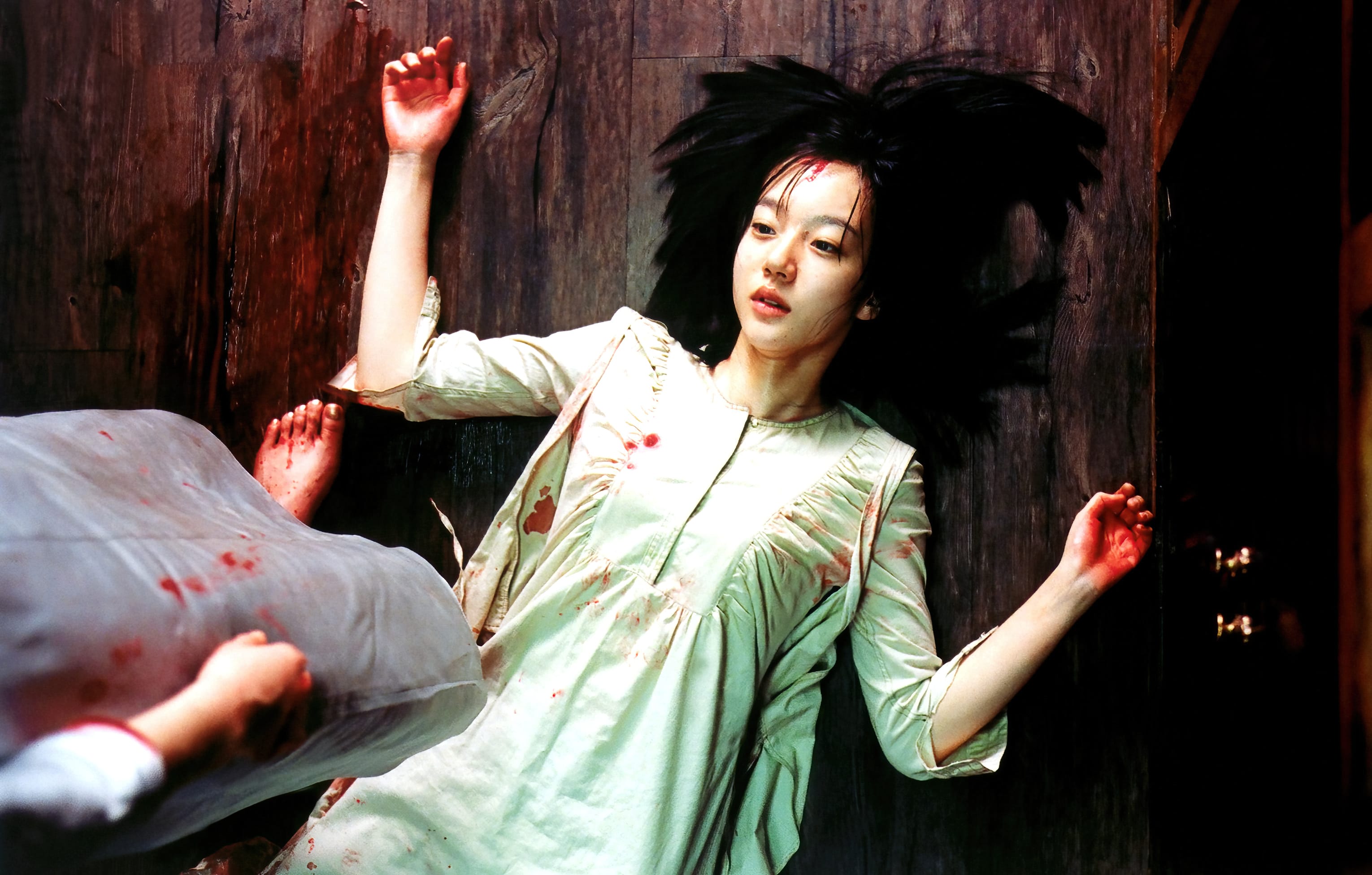
The Moment HDR Photography Changed Everything for Me
I've been a photographer for over two decades—starting with film cameras, navigating through various digital formats, and ultimately investing in professional-grade equipment like the Fujifilm GFX 50S II. My enduring passion has always revolved around capturing images rich in detail, profound in depth, and resonant with emotion. I thought I'd reached the pinnacle of photographic excellence, yet nothing prepared me for the transformative power of modern HDR photography.
This revelation occurred in early June in Berlin—a city celebrated for its eclectic architectural tapestry, notably its striking Brutalist buildings. Defined by stark concrete façades and imposing geometric shapes, these structures pose unique photographic challenges, demanding exceptional mastery of light and shadow. Captivated by their raw expressiveness, I meticulously set up my GFX 50S II to capture each scene using a sophisticated bracketing technique—taking seven exposures ranging from -6 to +6 stops. When combined into single HDR images in Adobe Lightroom, the results were beyond impressive; they were extraordinary. The expansive dynamic range, exceptional clarity across shadows and highlights, and the palpable depth redefined my understanding of photographic possibilities. This wasn’t merely a technical achievement—it heralded an entirely new chapter in my creative journey.
Yet, the most groundbreaking aspect wasn’t just capturing these images—it was seeing them displayed. The magic transcended megapixels or lens sharpness; it lay in the richness of color and luminosity, qualities unlocked exclusively by recent advancements in display technology. HDR-capable screens with expanded color gamuts and exceptional brightness (measured in nits) dramatically enhanced my viewing experience, showcasing the true potential of HDR imagery.
The Evolution of Color and Brightness
To appreciate this shift fully, we must delve into the evolution of color spaces. Early digital monitors predominantly utilized sRGB, a color space created decades ago to accommodate limited display capabilities. Though suitable for general use, professional photographers required more extensive color ranges. Wider gamuts like Adobe RGB emerged, significantly enriching greens and blues to better match human visual perception. Subsequently, Rec.709 became standard for broadcast television, and DCI-P3—initially designed for digital cinema—gained popularity among consumer devices, notably Apple's product range, enhancing visual vibrancy and accuracy.
As technology advanced, additional specialized and expansive color spaces gained prominence. ProPhoto RGB, for instance, offers an extremely wide gamut ideal for high-quality editing and archival purposes. Similarly, scRGB provides exceptional precision often utilized in high-end computing. Television standards such as SMPTE 240M ("SMPTE C" for NTSC and MUSE analog systems) and Rec.601 for standard-definition television further shaped visual media. Meanwhile, the Academy Color Encoding System (ACES) emerged as a comprehensive standard within film and digital production workflows.
Most recently, Rec.2020 introduced one of the broadest available color gamuts, effectively harnessing modern HDR imaging capabilities and pushing visual realism to unprecedented levels.
To contextualize these advancements visually, imagine transitioning from CMYK—a subtractive color space used primarily for print—to sRGB as significant yet limited. Conversely, the leap from sRGB to expansive color spaces like DCI-P3 or Rec.2020 is revolutionary, akin to moving from candlelight to the clarity of daylight.
HDR—Beyond Television Screens
Originally, High Dynamic Range photography involved combining multiple exposures into one image, balancing detail across highlights and shadows. A pivotal change occurred in October 2024 when Adobe Lightroom introduced native HDR export formats, enabling true HDR images to fully leverage the capabilities of modern HDR-compatible screens such as my MacBook M1 and iPhone 13 Pro. Achieving brightness exceeding 1000 nits and supporting broader color gamuts, these displays reveal unprecedented brightness and depth in digital imagery.
Why Smartphones Now Matter to Professionals
Previously disregarded by many professional photographers, smartphones have emerged as essential tools in the HDR revolution. Equipped with advanced HDR displays employing the P3 color space, HDR10, and Dolby Vision, smartphones democratize access to high-quality visual experiences. While my Fujifilm camera continues to deliver unparalleled dynamic range, exquisite detail, and unmatched bokeh, advancements in smartphone displays mean that everyday snapshots can now be astonishingly vibrant, detailed, and immersive—especially when viewed on HDR-capable devices such as the iPhone 13 Pro or flagship Android models like Google Pixel and Samsung Galaxy S series.
Experience HDR Photography
The images I've captured in Berlin and subsequently in Sanremo vividly illustrate HDR photography's transformative potential. To fully appreciate these images, however, viewing them on an HDR-compatible screen is essential. I encourage you to tap any embedded Instagram image in this article and view it directly on Instagram. Only then can you fully experience the nuanced shadow details, vibrant highlights, and incredibly realistic colors that HDR technology enables.
Rediscover Your Photos
Inspired to explore HDR photography yourself? Revisit your photographic archives and see them through new eyes. Lightroom’s HDR output mode, introduced in October 2024, lets you convert past captures into stunning HDR masterpieces, uncovering hidden detail and brilliance. Even smartphone snapshots can achieve remarkable enhancements, revealing dimensions previously unnoticed.
Follow My HDR Journey on Instagram
To further discover the boundless potential of modern HDR photography, follow my continuing photographic journey on Instagram at @yakobusan. Join me in exploring how this innovative technology continues to redefine photography, bringing vibrant, lifelike visuals to the forefront.

 By Jakob Montrasio
By Jakob Montrasio 








